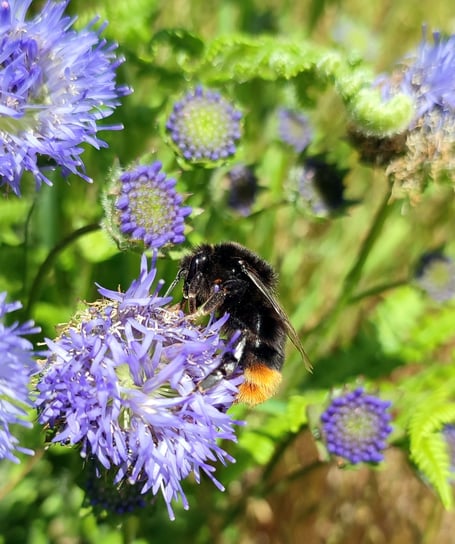Last week nature conservation organisations dropped the bombshell news that our wildlife is still in free fall.
Around 60 of the country’s leading lights in ecology and biodiversity published the 2023 State of Nature report – and it makes grim reading.
Across the UK, the species studied have declined on average by 19 per cent since 1970 and nearly one in six of our native species are threatened with extinction.
Much of this comes as a result of farming and other industrial land use, but as a planning authority we also have a key responsibility in protecting our precious habitats and wildlife.
We know that development is an inevitability. Government-stipulated targets mandate that hundreds of new homes must be built across the district every year – and much of that will be previously-undeveloped land.
The loss of habitats and the subsequent impact on local wildlife is always a major concern when local housing sites are being considered.
However, new laws coming into effect early next year will demand that developments have a positive impact on our native flora and fauna.
The new laws rest on the idea of Biodiversity Net Gain.
Biodiversity Net Gain demands that certain types of development must show, to our satisfaction, that they will not only continue to protect existing important local habitats from harm, but also measurably enhance them.
Through providing a recommended mix of new planting, such as native hedgerows and trees, and specialist management, it is possible to create new or restore existing habitats that will benefit local wildlife across the local landscape.
The priority will be to protect the most valuable existing elements and add to these with new habitats.
Occasionally developers might have to offset their work elsewhere, but in all cases they will be encouraged to ensure the gains for biodiversity are delivered as close as possible to where any impacts are felt.
The new laws will require the use of a measurable metric, and using this system house-builders must show that they will provide an increase in biodiversity by at least ten per cent.
There are complicated calculations involved so we have recently recruited our own in-house ecologist to scrutinise the numbers.
But all we need to know is that if developers can’t show they are providing new or enhanced habitats under the new system, then they won’t be getting planning permission.
This will be a legal requirement, affecting a lot of developments, and it will be our job as the local planning authority to monitor and enforce the rules.
The intention is that developers think about and include biodiversity from the outset of the application process and don’t just tack it on as an after-thought.
And through these new laws we will be able to help halt the terrible decline in our native species and provide the habitats they need to flourish.





Comments
This article has no comments yet. Be the first to leave a comment.